Shutters and country houses
They keep the heat in and the light (and burglars) out. Shutters are a great asset for a country house-provided you install the right ones, says Carla Passino
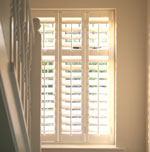

Although they are often considered a Mediterranean or an American import, shutters are an integral part of Britain's architectural heritage. Born out of the necessity to protect unglazed windows from the elements, they remained in use even after glass made an appearance.
‘Wooden shutters were needed both inside and outside houses because early glazing was so fragile and thin,' explains James Mott of ProjectBook, an online resource that helps owners of period properties find appropriate craftsmen, products and information. ‘The first ones were very simple, of the ledged-and-battened variety.'
Later, says Peter Scott of Martin Ashley Architects, ‘half glazed shutter board style windows became more common and, with technical advancements in glass production in the late 17th century, this led to sash and casement windows with internal shutters. In grander properties, these shutters would have been paneled with mouldings to match the window details and glazing configuration. '
These more elaborate designs, however, did not detract from the shutters' eminently practical purposes of improving insulation, retaining heat and deterring intruders, says Mr Mott-so much that ‘in the 18th and 19th centuries many were fitted with bells or noise making devices which served as a primitive type of warning.'
Today, growing security, energy conservation and privacy concerns make shutters once again highly desirable. ‘Working shutters are considered a bonus when buying a country house,' says William Marsden-Smedley of property buying agents Prime Purchase.
If your house doesn't seem to have any, though, do not despair. Instead, take a closer look at your windows. ‘Panelled shutters fold into splayed recesses and people are often completely unaware that they are there,' says Mr Mott. ‘With investigation, you can often discover original shutters (often screwed or nailed shut) which can be restored.' Specialist craftsmen, such as those found on Project Book's Heritage Register (www.projectbook.co.uk), can help you resolve issues such as warping, overpainting and defective or missing ironmongery.
Should your window inspection reveal no hidden shutters, you can always have new ones made for your home, either in period or contemporary style. Period replicas should mimic the original as closely as possible, and authenticity starts with careful placement. Even though external louvred shutters look great in Mediterranean country homes, they would be out of character in most English country houses. ‘Many houses, especially in towns, did have external shutters, but not the louvred type,' says Linda Hall, author of Period House Fixtures and Fittings 1300-1900. ‘[They had] plain boards or panelled, the same as internal shutters.' Besides, adds Scott, sash windows-which were invented in the late 17th century-were usually fitted with internal shutters. Given that most historic country houses tend to date from the 17th, 18th and 19th century, ‘internal shutters are usually more appropriate.'
Sign up for the Country Life Newsletter
Exquisite houses, the beauty of Nature, and how to get the most from your life, straight to your inbox.
Beyond being correctly placed, replica shutters also need to match a house's individual character and architectural period, both in looks and in installation techniques. Historic architects can assist you in picking the right design, and vetted joiners with experience in traditional construction techniques can manufacture and install the shutters.
If you'd rather depart from period and opt for a contemporary look, Mr Heaton suggests choosing internal American (also called plantation) shutters, which have wooden louvers that can be tilted at different angles. ‘They are probably the most popular shutters as they look stylish and allow a good degree of control over the light coming into the room,' he says.
They are also versatile because they can be designed to cover the full height of a window, just the lower portion, or be tiered in independently opening sets to match your windows' shape. However, Mr Scott advises against them because they are inappropriate to most English country house interiors. ‘Modern fittings will quickly date within a historic house interior,' he says. Nonetheless, choosing the right look for your shutters can prove easier than picking the most suitable material for them. The choice of woods is mind-boggling, and each comes with distinctive benefits and drawbacks.
Medium density fiberboard, an engineered wood product also called MDF, is commonly used to make contemporary shutters because it is inexpensive, durable and, when properly handled, increasingly eco-friendly. Mr Heaton calls it ‘probably the most practical' solution for shutters but Mr Marsden-Smedley is ‘shocked at the thought' of MDF, dismissing it as a ‘definite no,' and Ms Hall says ‘not in a million years!'
In particular, MDF appears inappropriate for period replicas because ‘it has a finished quality better suited to crisp, minimalist modern interiors,' according to Mr Scott. Instead, ‘natural well seasoned timber would be a recommended material for new shutters, and for them to be constructed to traditional details to enable natural movement between frames and panels.'
In the past, pine would have been the timber of choice for most shutters. Pine shutters are still available today, providing a period-friendly option, but pine wood is soft, and its quality can be inconsistent, so it is important to check several samples before committing to it. Also avoid it if you plan to have stained or oiled shutters-in period homes, warns Ms Hall, pine would always have been painted.
In grander country houses, says Mr Marsden-Smedley, shutters ‘would be made from a hardwood and usually painted.' However, hardwoods such as oak or maple can be very heavy and potentially place a huge weight on window jambs. They are also rather expensive and are not always the best choice if you want to have your shutters painted.
A greener, more versatile, if somewhat less authentic alternative is basswood, a uniformly grained American hardwood that comes from renewable resources. Lightweight but strong, it does not warp in wet weather, and can be easily painted or stained.
Whichever material you choose, though, make sure you buy made to measure shutters. There is no such thing as a standard window, especially in period homes, so each shutter should be built for each individual window opening in your home. Research companies extensively both through references and through vetting resources such as Project Book. Don't be afraid to ask to view finished shutter samples and examine the paint or stain finish for defects.
It pays to choose carefully. With minimal maintenance, good quality shutters will last as long as your house.
Peter Scott's Shutters Dos and Don'ts Do design and detail shutters appropriately to mirror the adjacent windows and character of the house features as well as to fit well within the window reveals and openings. Do use traditional construction details and materials to retain the integrity of the historic interiors as a whole. Do use traditionally styled hinges, ironmongery and accessories appropriate to the character of the shutters. Don't add quirky or modern details, fittings and finishes which will quickly date within a historic house interior (plantation style shutters are currently in vogue and are inappropriate to most English country house interiors) Don't use construction methods which will prevent movement of panels leading to splitting of panels and framework.
Curtains: yes or no? ‘Curtains are frequently used in combination with shutters and can add to the character of the windows,' says Mr Scott. ‘They can be operational, with poles or rails fixed on brackets to the top window architrave, thereby allowing the shutters to open within the window reveals. Alternatively, curtains can be dressed with swags and drapes around the windows.'
Caring for your shutters ‘Traditionally well made shutters should require little maintenance, especially if they are operational,' says Mr Scott. ‘Hinges can be kept functional with the application of oil, and timberwork can be kept in good working order by being regularly re-painted or re-varnished.' If your property has external shutters, adds Mr Mott, ‘you should check annually for any signs of rot or decay and any missing paint and make sure that the timber is protected from the elements by maintaining the paintwork approximately every five years.'
Repairing old shutters Care should be taken when restoring shutters that have been unused for many years, says Mr Mott. Those that are inoperable due to years of overpainting, can be salvaged by careful cutting and scraping back of paint and gentle prising to open them up, says Mr Scott. ‘Damaged hinges can be overhauled or replaced and re-aligned where necessary,' he adds. ‘Woodwork repairs such as panel cracks can be filled with timber slivers or wood filler and sections of rotten timber cut out with new timber pieced in.'
However, warns Mr Mott, any repairs should be carried out by a competent craftsman.' He recommends John Armistead Restorations for ironmongery repairs and replicas and blacksmith Don Barker for an accurate period replica of the shutters' heavy metal stay bar. Ms Hall suggests Tessa Musgrove of Canterbury Shutters for joinery.
Picture: shutterlyfabulous.com
Country Life is unlike any other magazine: the only glossy weekly on the newsstand and the only magazine that has been guest-edited by HRH The King not once, but twice. It is a celebration of modern rural life and all its diverse joys and pleasures — that was first published in Queen Victoria's Diamond Jubilee year. Our eclectic mixture of witty and informative content — from the most up-to-date property news and commentary and a coveted glimpse inside some of the UK's best houses and gardens, to gardening, the arts and interior design, written by experts in their field — still cannot be found in print or online, anywhere else.
-
 The loos of Buckingham Palace: Country Life Quiz of the Day, April 23, 2025
The loos of Buckingham Palace: Country Life Quiz of the Day, April 23, 2025Wednesday's Quiz of the Day looks at St George, royal toilets and German alcohol laws.
By Toby Keel Published
-
 Moore Design
Moore DesignMoore Design is a boutique interior design practice with clients around the UK and overseas.
By Country Life Published
-
 What to expect when you're expecting (to move to the countryside)
What to expect when you're expecting (to move to the countryside)On March 28, agents Michael Graham will be showcasing some of their best countryside properties at their west London office.
By James Fisher Published
-
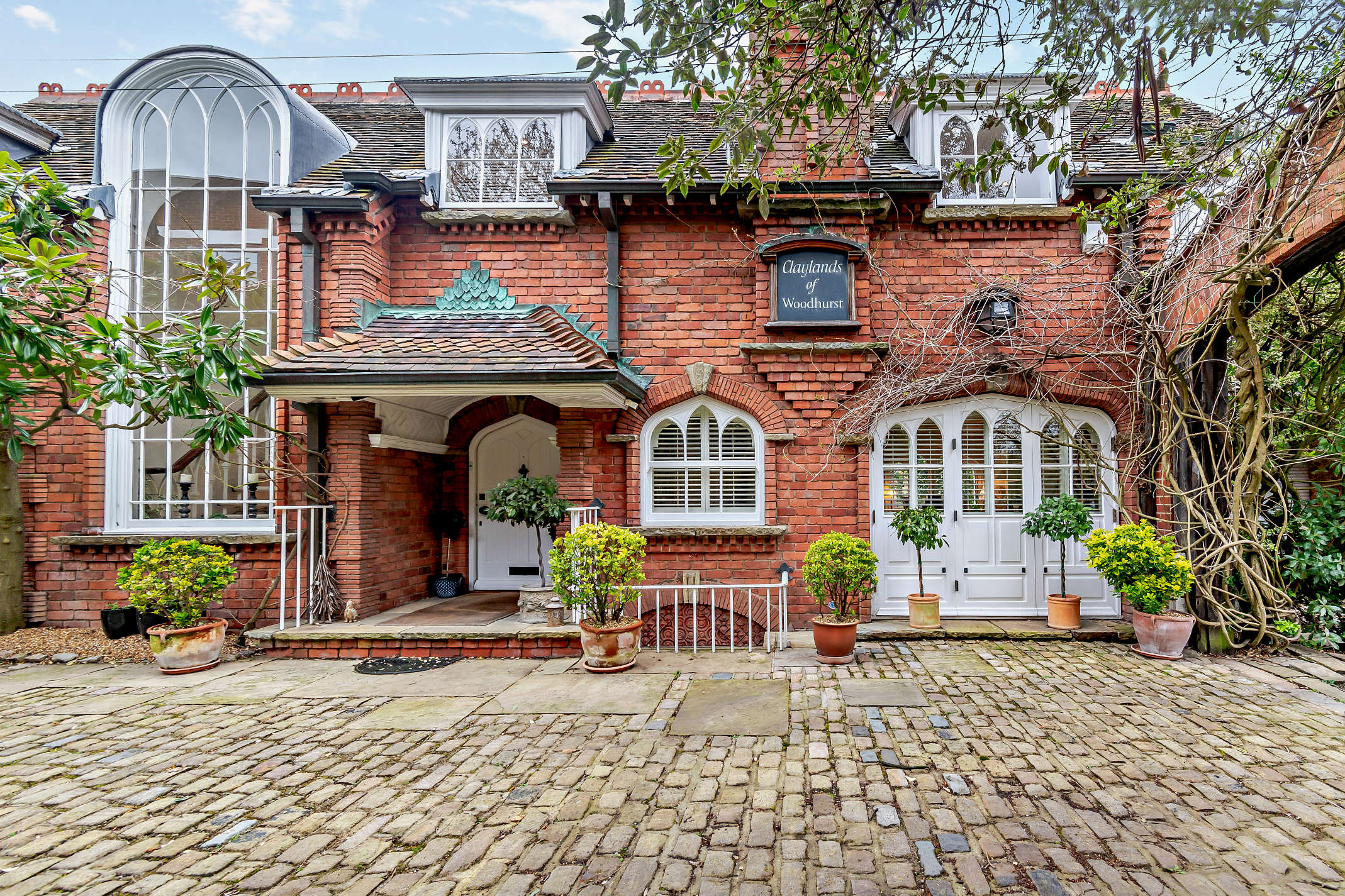 Property Talk: When is the right time to downsize?
Property Talk: When is the right time to downsize?Sometimes our homes can get too big for us, meaning it’s time to downsize. Here, we speak to those involved with the process.
By James Fisher Published
-
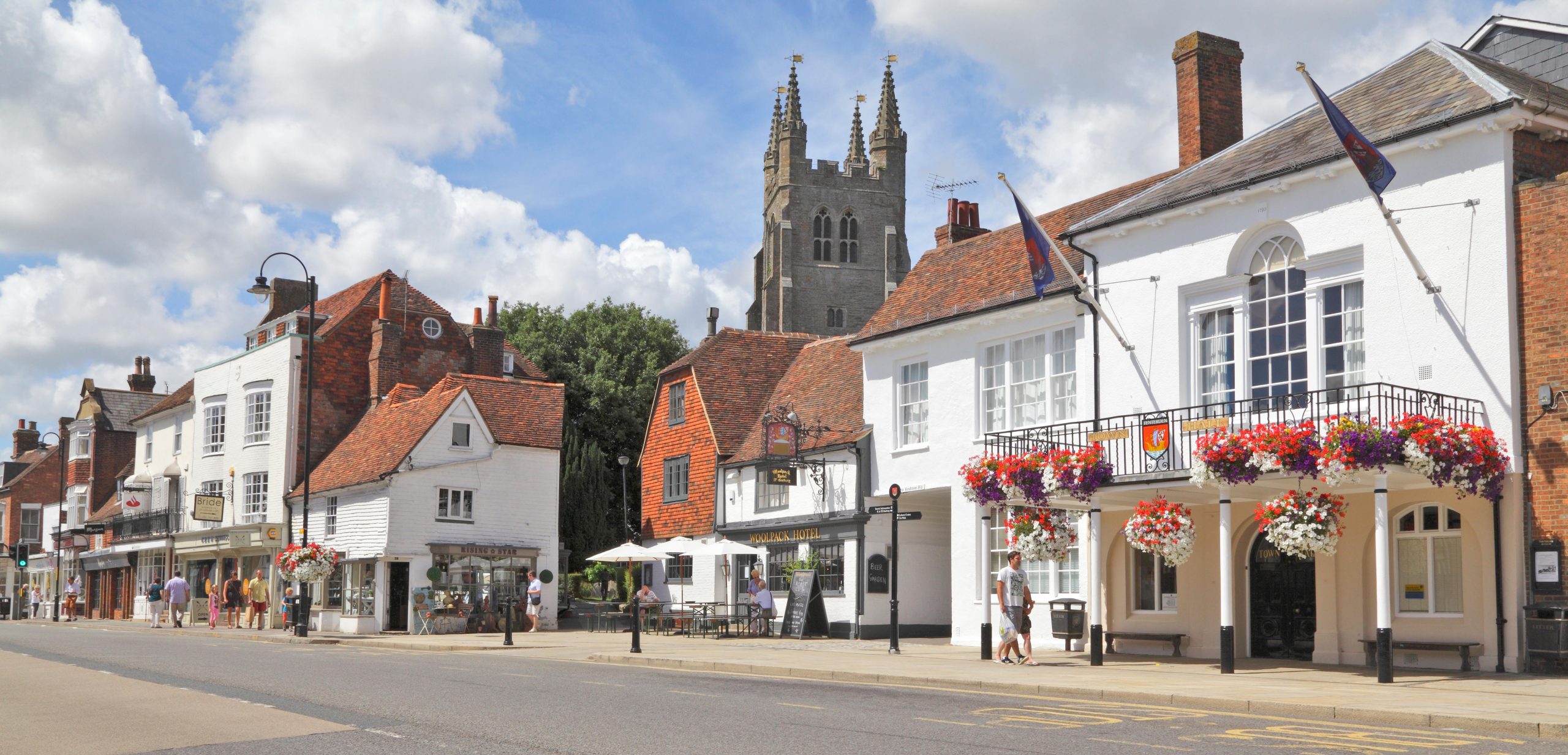 How to win in the property market: Tips from some of Britain's best buying agents
How to win in the property market: Tips from some of Britain's best buying agentsWhether looking for the perfect family home or negotiating on price, buying agents do the heavy lifting–and are well used to analysing the market. Carla Passino gets advice from a few of the best.
By Carla Passino Published
-
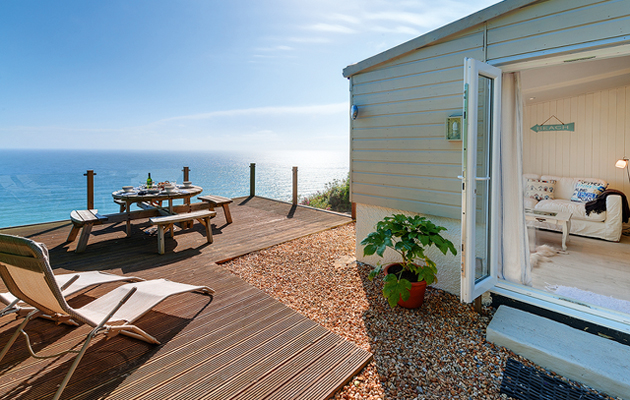 Top tips on renting your holiday home
Top tips on renting your holiday homeThe holiday-home market on the Cornish coast looks set for a lively summer. Arabella Youens finds out how to make the running costs bearable.
By Arabella Youens Published
-
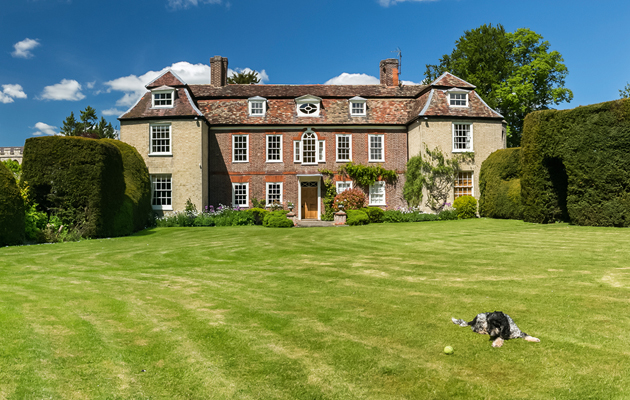 Tips and advice for holiday home owners
Tips and advice for holiday home ownersWith the start of the summer season nearly upon us, more and more country-house owners are dipping into the short-let scene.
By Country Life Published
-
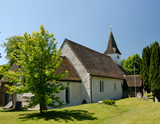 Property guide to Elstead
Property guide to ElsteadFreddie Mack shares the secrets of Elstead in Surrey, a prime spot for young families looking for properties outside London near good schools
By Country Life Published
-
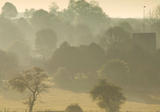 Property guide to Cheriton
Property guide to CheritonIf you're considering buying property in or around Cheriton this year, take a look at our property guide which covers where to buy, what prices to expect and where to have fun in the area
By Country Life Published
-
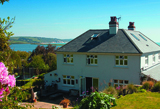 Make your holiday let work for you
Make your holiday let work for youIf you're considering renting out your holiday property prepare by reading this first
By Country Life Published
